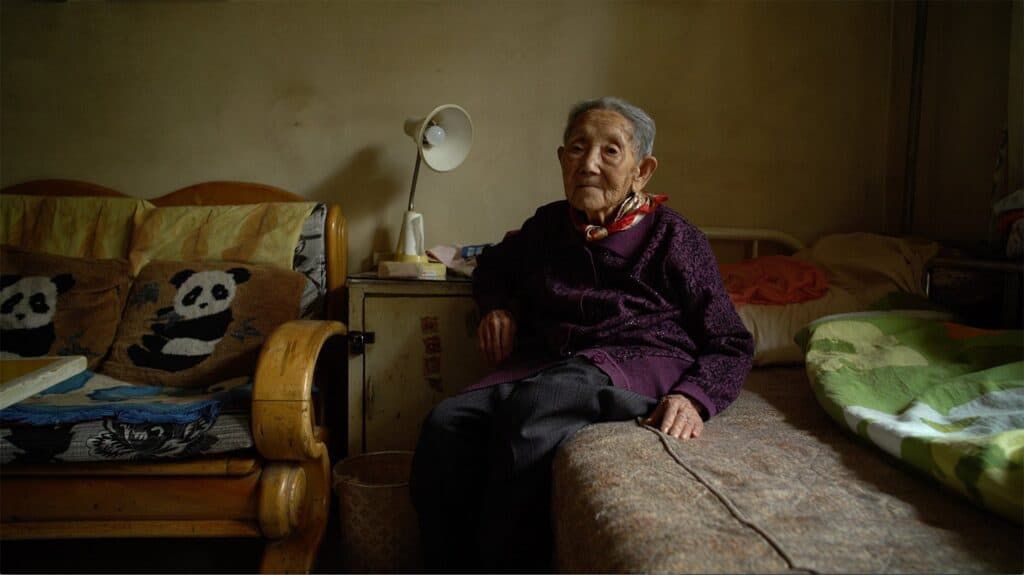Courtesy of the artist. Malena Szlam, ALTIPLANO, 2018, 35mm, color, sound, 15 minutes 30 seconds.
However, language falls short to enunciate some oblivions. In the film Altiplano (2018, 16 min), by Malena Szlam, what is normally inaudible speaks of what has been suffered by the landscape, its first inhabitants and its constant transformations. This telluric recitation is composed by “nature’s infrasounds, frequencies below human hearing range: inner voices of earth, underground waters, volcanoes and whale vocalizations”, according to the filmmaker.
In Altiplano we see, as in between flickers, lands traced (imagined, seen, felt) by ancestral peoples. We know what has happened to them. We know that silence that is not such, that reverberates in America’s highs and lows. Day and night, soil and sky blend together in the exploration of an ecosystem that bursts under the pressure of mining.
Filmed as a sensorial process, a reaction to the rhythms of the image, the film extends the inner landscape outwards until it dissolves it in geological infinity. We are left before a timeless shot, yet, filled with historic inscriptions, some visible, some concealed. A landscape that speaks.
***
Mariam Sahakyan was 101 years old when she agreed to collaborate with Markosian. She asked her just one thing: to bring her back soil from her home village to be buried with it. The photographer brought the soil back to her —soil scattered by History.





